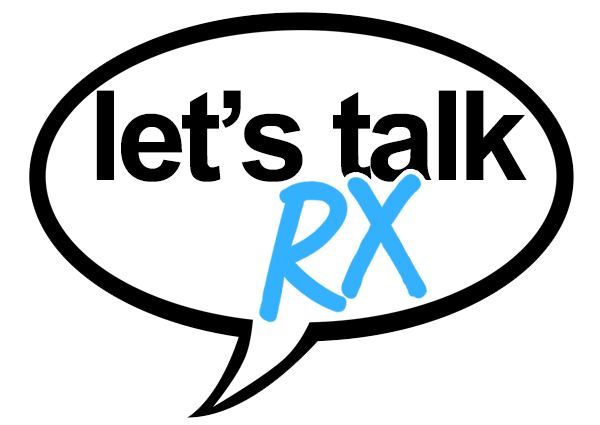Heart attacks don’t always look the same for everyone, and that’s a big problem—especially for women. While we often picture the classic movie-style heart attack, with a man clutching his chest and collapsing, women’s symptoms are often much more subtle. This difference means that far too many women’s heart attacks go unnoticed or are misdiagnosed, putting them at serious risk.
One of the biggest reasons women’s heart attacks are missed is that their symptoms don’t always include the crushing chest pain that men typically experience. Instead, women might feel extreme fatigue, shortness of breath, dizziness, or even nausea—symptoms that are easy to mistake for something far less serious. Many women report feeling like they have the flu or severe indigestion in the hours or days leading up to a heart attack. Because these symptoms don’t scream “heart emergency,” they often get brushed off or misdiagnosed as anxiety, stress, or digestive issues.
Another surprising symptom unique to many women is pain in unexpected places. Instead of pain in the chest, women are more likely to feel discomfort in their back, neck, jaw, or even their arms. Some women describe it as a squeezing or burning sensation rather than sharp pain, which can make it even harder to recognize as a heart attack. The pain may come and go, making it easy to dismiss as something minor.
Hormonal differences also play a role in why heart attacks can present differently in women. Estrogen provides some protective benefits for heart health, which is why younger women tend to have a lower risk. But once menopause hits and estrogen levels drop, the risk of heart disease rises significantly. Unfortunately, because heart disease has long been thought of as more of a “men’s issue,” many women (and even some doctors) don’t always consider it a top health concern.
The lack of awareness about these differences means that women are more likely to have their heart attack symptoms dismissed—not just by themselves, but sometimes even by medical professionals. Studies have shown that women are more likely than men to be sent home from the emergency room without the proper tests or treatment, simply because their symptoms don’t match the textbook definition of a heart attack.
So, what can women do to protect themselves? First, listen to your body. If something feels off—especially if you’re experiencing unusual fatigue, shortness of breath, nausea, or pain in your back or jaw—don’t ignore it. Advocate for yourself in medical settings and insist on further evaluation if you feel like your concerns aren’t being taken seriously. Regular checkups, managing blood pressure and cholesterol, and leading a heart-healthy lifestyle are all important, but so is recognizing the unique ways heart disease can show up in women.
Heart disease is the number one killer of women, yet too many heart attacks are going unnoticed until it’s too late. By raising awareness and understanding the signs, more lives can be saved—because when it comes to heart health, knowledge is just as powerful as prevention.








